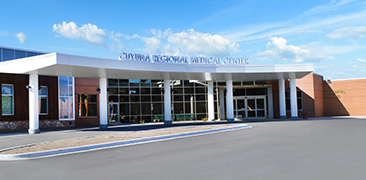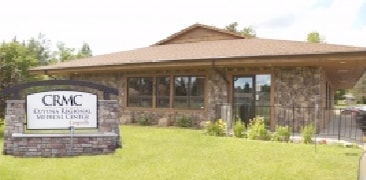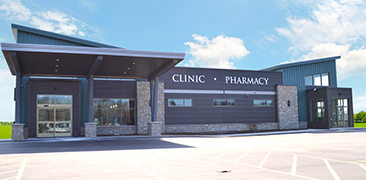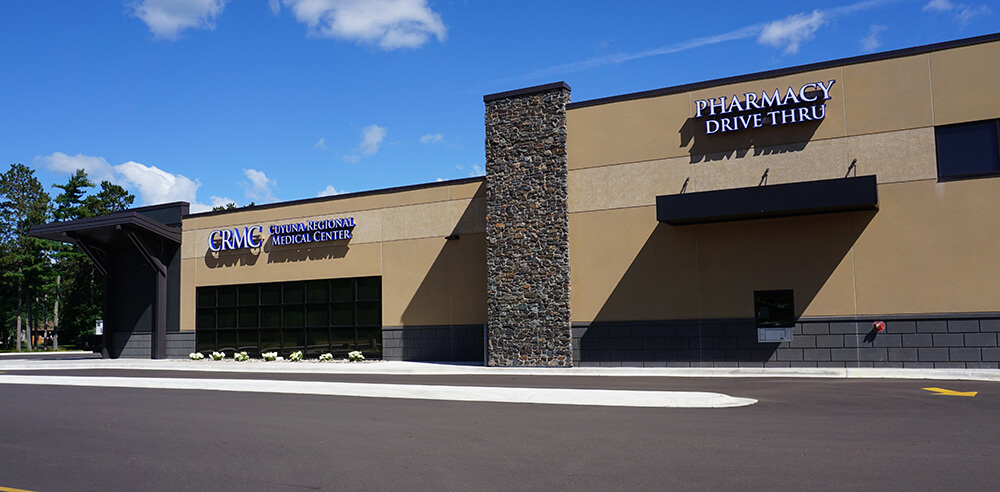Back pain is one of the most widespread health problems, affecting four out of five Americans in their lifetime. The spine is an interdependent system of 34 vertebrae, more than 100 joints, 120 muscles, 23 discs, and more than 220 ligaments. When something goes wrong, the hundreds of nerve fibers and countless nerve endings are quick to alert you.
Low back pain is one of the most commonly treated medical conditions in the United States. The source of low back pain can be from many things, such as muscle strain, arthritis, herniated intervertebral discs, pinched nerves, spinal stenosis, trauma, and many more. Most acute low back pain resolves on its own with rest, ice, heat, over the counter anti-inflammatories, and physical therapy. Some specific causes may not resolve on their own, and require medical attention, and sometimes injections or surgery. There are many different treatment options for low back pain, depending on what the cause may be. Neck and back specialists are skillfully trained to diagnose and treat the causes of low back pain.
Lumbar radiculopathy is the irritation or compression of a nerve root in the lumbar spine causing nerve pain. These nerves provide sensation and muscle innervation to the hips, buttocks, legs, and feet. Injury or irritation of these nerves can cause symptoms in these areas, as well as low back pain. Sciatica is another term used to describe symptoms along the distribution of these types of nerves, specifically the sciatic nerve that goes down the buttock, leg, and foot. Significant nerve compression may even cause muscle weakness in some instances. The source of nerve pain can vary, and it is very important to meet with a specialist to properly diagnose and treat this condition.
Neck pain is a very common problem that can affect a persons quality of life. It can be acute or chronic, and may limit your ability to be active or participate in things you enjoy doing. There are many different causes of both acute and chronic neck pain. These common causes may include muscle strain, arthritis of the spine, degenerative disc disease, herniated or ruptured discs, whiplash injuries, and many more. It is very important to meet with a specialist to properly diagnose and treat neck pain so that an individualized treatment plan which addresses your specific problem can be constructed.
Cervical radiculopathy is the irritation or compression of a nerve root in the cervical spine (neck), causing nerve pain. These nerves provide sensation and muscle innervation to the neck, shoulders, arms, and hands. Injury or irritation of these nerves can cause symptoms in these areas, as well as neck or arm pain. Significant nerve compression may even cause muscle weakness in some instances. The source of nerve pain can vary, and it is very important to meet with a specialist to properly diagnose and treat this condition.
Spinal stenosis describes a medical condition where the spinal canal which carries nerves from your spinal cord to your upper and lower body, becomes narrow or compressed. Spinal nerves exit through openings along the spinal canal called “foramen”, and this is another area where narrowing or compression may occur. We say you have “spinal stenosis” when there is narrowing in these areas of either the cervical, thoracic, or lumbar areas of the spine. The symptoms of spinal stenosis vary, but include nerve pain, sciatica, arm pain, neck or back pain, and difficulty walking a significant distance due to pain in the legs (neurogenic claudication). Treatment for spinal stenosis may vary depending on how severe the narrowing is, the location of the narrowing or the patients’ symptoms. It is very important to meet with a specialist to properly diagnose and treat spinal stenosis.
Degenerative disc disease is a condition of the discs between the vertebrae of the spine, causing back and neck pain. This is a result of many factors, but most commonly it results in thinning of the discs and damage as we age. The discs of the spine serve as shock absorbers between the vertebrae, and when these disc become damaged they may cause a number of painful conditions. It is very important to meet with a specialist to properly diagnose your condition and determine if degenerative disc disease is the source of your pain, or if other factors may actually be more concerning. Degenerative disc disease is most commonly diagnosed with the use of x-rays, CT scans, and MRI’s.
Between the vertebrae of your spine, are shock absorbing structures called discs. There are cervical, thoracic, and lumbar discs of the spine. They are a fibrous “doughnut shaped” structure that is composed of an outer ring of very dense tissue (annulus), and an inner area of softer material called the nucleus pulposus. As we age, the amount of water that composes the inner nucleus of the disc decreases, and the discs may shrink or thin, causing degenerative disc disease. Disc herniations or disc protrusions, are conditions where a spinal disc may bulge outward into the spinal canal. There are different terms used to describe these disc bulges, but commonly they are referred to as disc herniations, disc bulges, and disc protrusions. Disc bulges can be a normal part of the spine, if they do not cause any narrowing or compression around the spinal nerves. Not every disc bulge or disc protrusion causes pain or requires treatment. A ruptured or herniated disc most often refers to a situation where the inner portion of the disc (nucleus pulposus) is protruding through the outer ring (annulus) and this material extends into the spinal canal. Disc ruptures and large disc herniations can be painful, and may cause symptoms such as neck or back pain, arm or leg pain, and muscle weakness if a nerve is severely compressed by this disc material. It is very important to meet with a specialist and properly diagnose what type of disc condition you may have, and determine if treatment is necessary.
Spondylosis is a medical term that describes age related wear and tear of the disc and joint structures of the spine. This includes degenerative disc disease or thinning of the spinal discs and arthritis (osteoarthritis)of the facet joints in the spine. Most people don’t have symptoms of spondylosis, but some may experience pain or muscle spasm. In many cases, depending on the severity of the spondylosis, treatment may be needed to help alleviate the pain. The treatment for spondylosis depends on the type of symptoms you are having, and in some severe cases may require surgery. There are many conservative treatment options available. It is important to meet with your specialist to determine the exact source of your pain and the most appropriate treatment.
Synovial facet cysts are a degenerative lesion of the spine that can lead to narrowing of the spinal canal or foramen, causing spinal stenosis. This may result in the onset of nerve pain (radiculopathy) coming from a compressed nerve in that area. Facet synovial cysts are diagnosed with MRI studies of the spine. Treatment typically begins as a conservative approach with different types of minimally invasive spinal injections. Surgical management may be indicated for disabling pain, muscle weakness due to a severely compressed nerve, or failing conservative management with ongoing pain. It is important to meet with your specialist to properly diagnose pain that may be related to a synovial facet cyst and discuss the appropriate treatments.
Post laminectomy syndrome is a condition where a patient suffers from persistent pain in the back or neck after surgery. A laminectomy is a surgical procedure where part of the vertebra is removed in order to decompress a nerve in the spine. Most often patients recover from surgical laminectomy without persistent pain or complication. Post laminectomy syndrome is also called failed back surgery syndrome.
Often the exact cause of post laminectomy pain is unknown. In some instances, it may be due to residual narrowing around the spinal nerves after surgery, a small fragment of disc remaining in the spinal canal which is compressing a nerve, or the surgery just did not have the outcome that was expected. There are studies that suggest smokers are more likely to develop post laminectomy syndrome following spine surgery, as well as patients who have had previous failed surgeries of the spine.
It is important that you meet with a specialist or your spine surgeon if you are having persistent pain after a spine surgery. A clinical exam is needed and often advanced imaging such as x-rays, CT scans, and MRI’s may be indicated to assist in the diagnosis and treatment of this condition.
Your sacroiliac joints (we call them the "SI" joints) are the places where your hips meet your spine. These joints don't have a lot of flexibility, but they do move slightly as you move your body. And if SI joints become damaged or diseased, it can be painful.
This condition occurs when a lumbar vertebra slips out of place. It slides forward, distorting the shape of your spine. This may compress the nerves in the spinal canal. The nerves that exit the foramen (open spaces on the sides of your vertebrae) may also be compressed. These compressed nerves can cause pain and other problems.
This condition is an inflammation of the tip of the tailbone, called the coccyx. It causes pain and tenderness between the buttocks.
If you have unexplained pain, numbness, weakness or tingling, you may have a pinched nerve. That's when something presses against a nerve in your body. It stops the nerve from acting the way it's supposed to.
This outpatient procedure is a diagnostic examination of the spine. It allows the physician to identify problems involving the spine, the spinal cord and the nerve roots.











